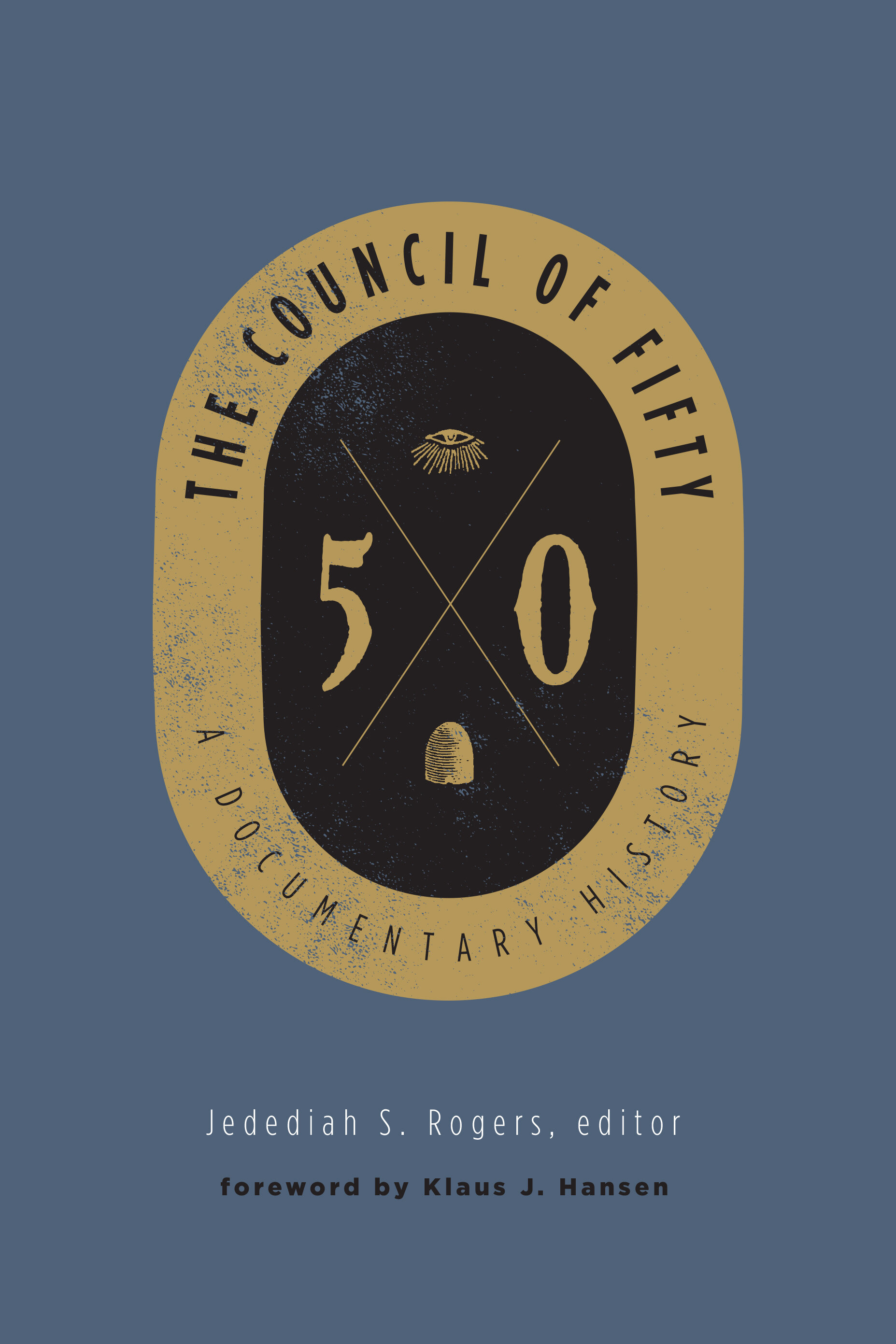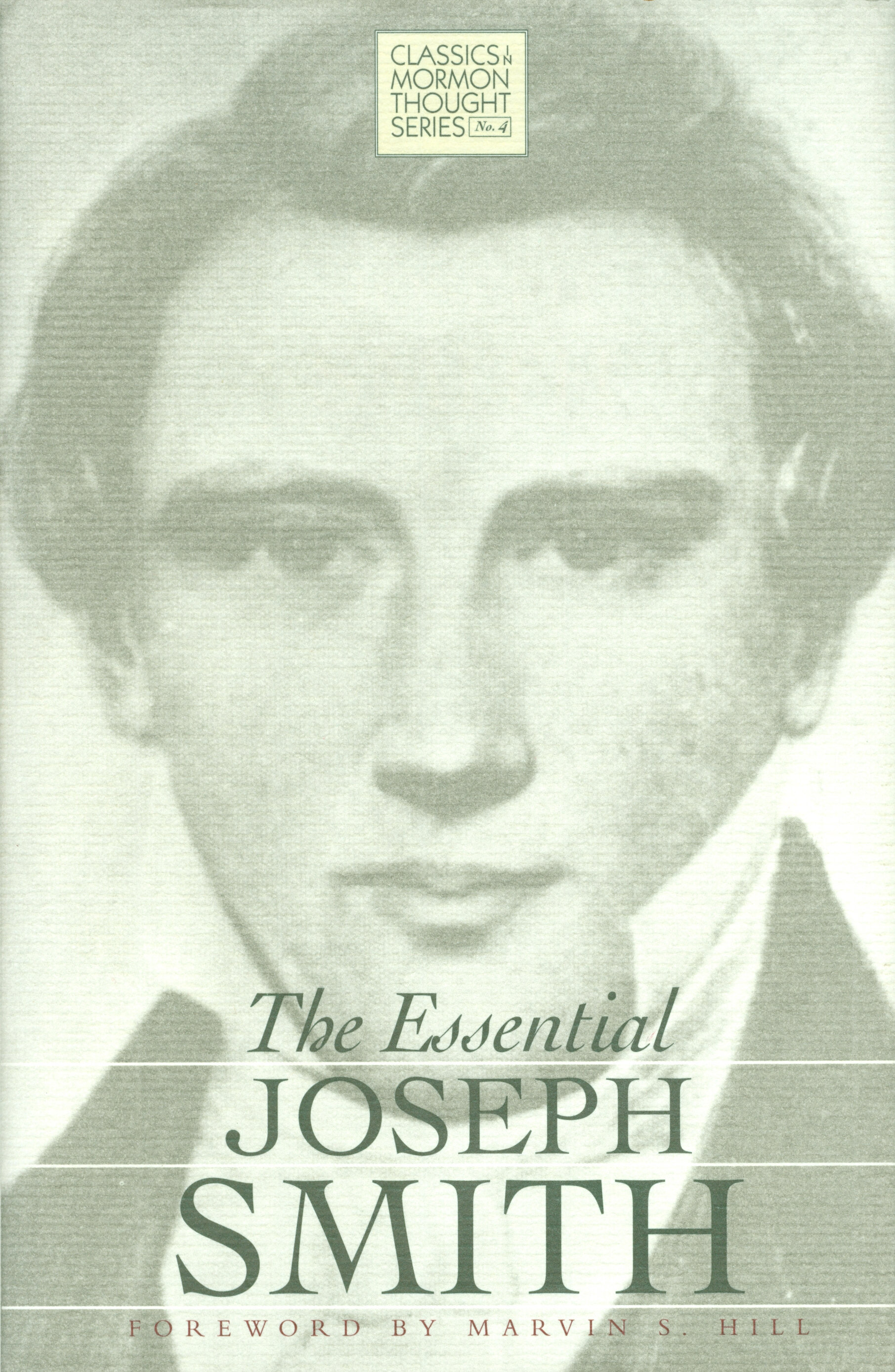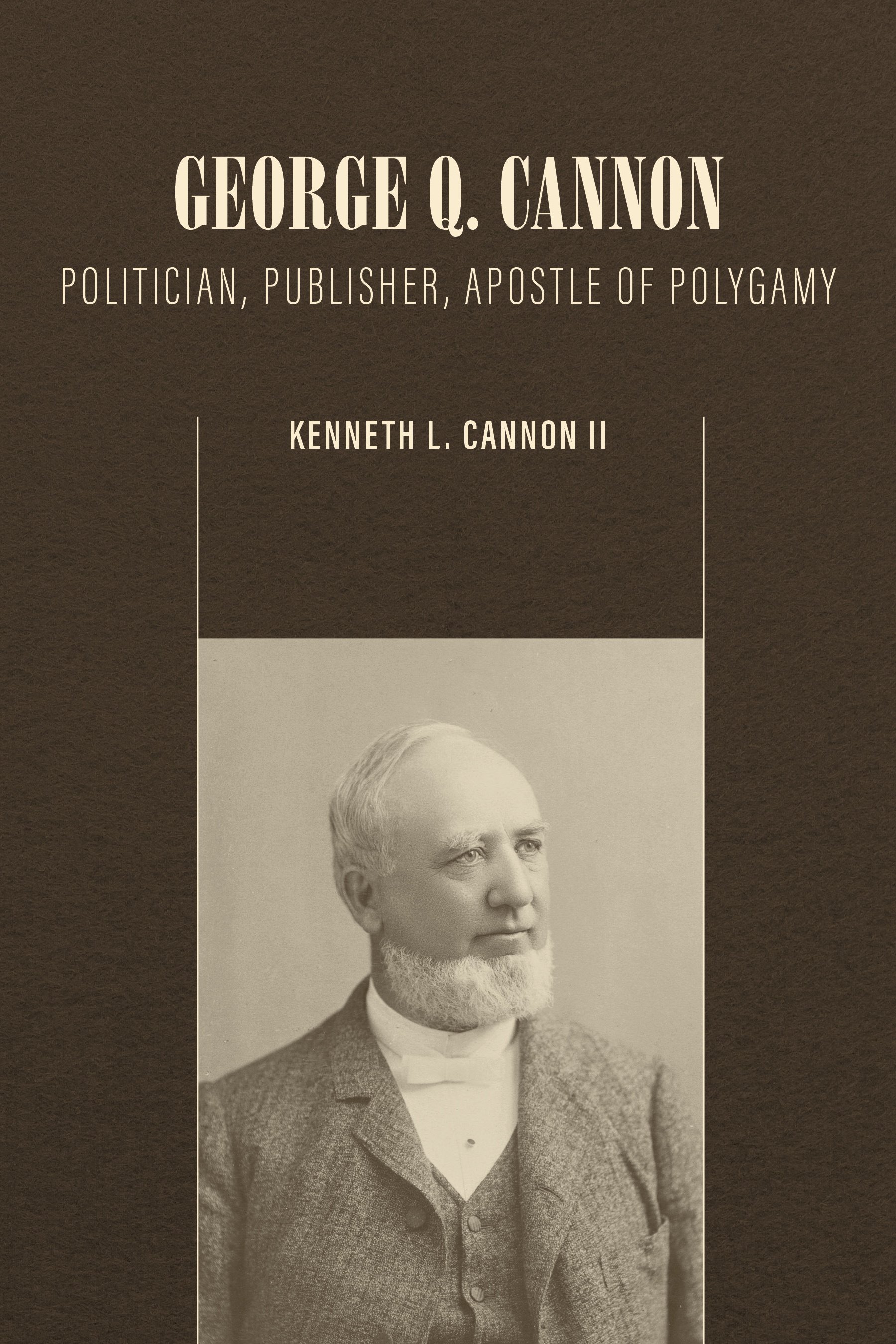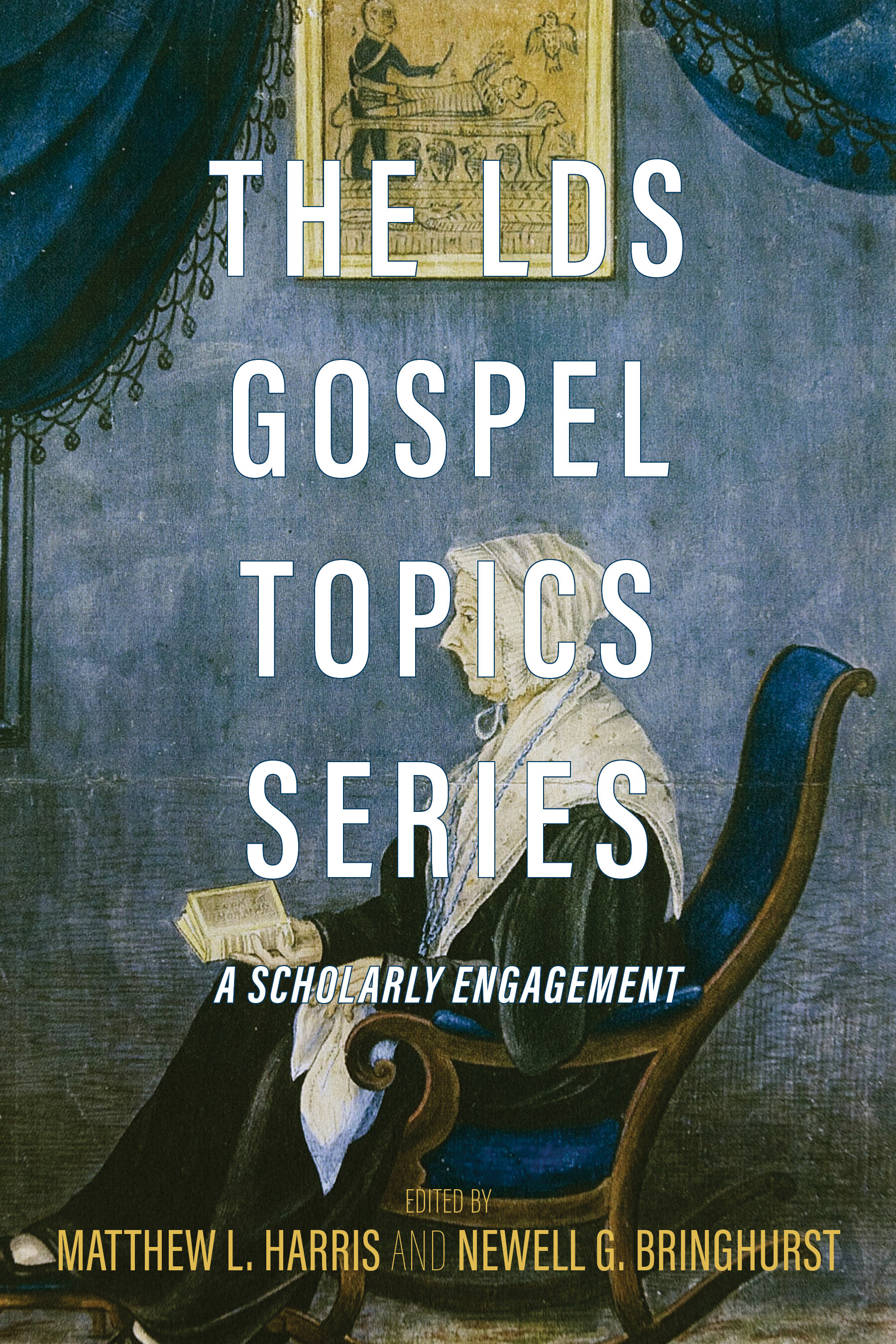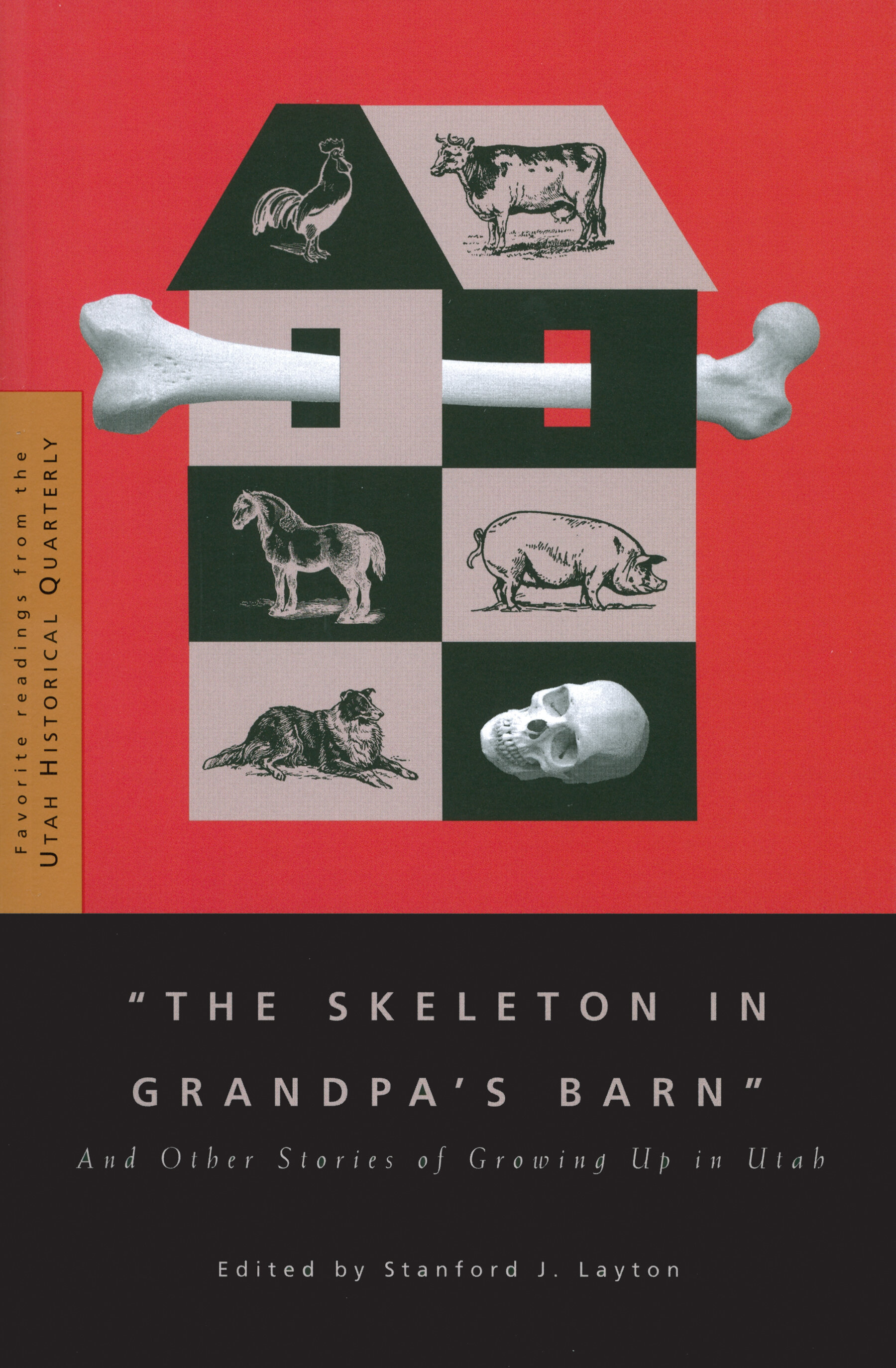 Image 1 of
Image 1 of


Pedestals and Podiums
Pedestals and Podiums: Utah Women, Religious Authority, and Equal Rights
Martha Sonntag Bradley
Almost from the beginning, the women’s movement has been divided into two factions—those wanting full equality with men (Susan B. Anthony, Alice Paul) and those seeking legal protections for women’s particular needs (Julia Ward Howe, Eleanor Roosevelt). Early Utah leaders such as Relief Society President Emmeline B. Wells walked hand-in-hand with Anthony and other controversial reformers. However, by the 1970s, Mormons had undergone a significant ideological turn to the mainstream, championing women’s unique roles in home and church, and joined other conservatives in defeating the Equal Rights Amendment.
Looking back to the nineteenth century, how committed were Latter-day Saints of their day to women’s rights? LDS President Joseph F. Smith was particularly critical of women who “glory in their enthralled condition and who caress and fondle the very chains and manacles which fetter and enslave them!” The masthead of the church’s female Relief Society periodical, Woman’s Exponent, proudly proclaimed “The Rights of the Women of Zion and the Rights of Women of All Nations!” In leading the LDS sisterhood, Wells said she gleaned inspiration from The Revolution, published by Elizabeth Cady Stanton.
Fast-forward a century to 1972 and passage of the Equal Rights Amendment (ERA) by the United States Congress. Within a few years, the LDS Church, allied with Phyllis Schlafly, joined a coalition of the Religious Right and embarked on a campaign against ratification. This was a mostly grassroots campaign waged by thousands of men and women who believed they were engaged in a moral war and that the enemy was feminism itself.
Conjuring up images of unisex bathrooms, homosexuality, the dangers of women in the military, and the divine calling of stay-at-home motherhood—none of which were directly related to equal rights—the LDS campaign began in Utah at church headquarters but importantly was fought across the country in states that had not yet ratified the proposed amendment. In contrast to the enthusiastic partnership of Mormon women and suffragists of an earlier era, fourteen thousand women, the majority of them obedient, determined LDS foot soldiers responding to a call from their Relief Society leaders, attended the 1977 Utah International Women’s Year Conference in Salt Lake City. Their intent was to commandeer the proceedings if necessary to defeat the pro-ERA agenda of the National Commission on the International Women’s Year. Ironically, the conference organizers were mostly LDS women, who were nevertheless branded by their sisters as feminists.
In practice, the church risked much by standing up political action committees around the country and waging a seemingly all-or-nothing campaign. Its strategists, beginning with the dean of the church’s law school at BYU, feared the worst—some going so far as to suggest that the ERA might seriously compromise the church’s legal status and sovereignty of its all-male priesthood. In the wake of such horrors, a take-no-prisoners war of rhetoric and leafleteering raged across the country. In the end, the church exerted a significant, perhaps decisive, impact on the ERA’s unexpected defeat.
hardback: $25.00 | ebook: $9.99
Pedestals and Podiums: Utah Women, Religious Authority, and Equal Rights
Martha Sonntag Bradley
Almost from the beginning, the women’s movement has been divided into two factions—those wanting full equality with men (Susan B. Anthony, Alice Paul) and those seeking legal protections for women’s particular needs (Julia Ward Howe, Eleanor Roosevelt). Early Utah leaders such as Relief Society President Emmeline B. Wells walked hand-in-hand with Anthony and other controversial reformers. However, by the 1970s, Mormons had undergone a significant ideological turn to the mainstream, championing women’s unique roles in home and church, and joined other conservatives in defeating the Equal Rights Amendment.
Looking back to the nineteenth century, how committed were Latter-day Saints of their day to women’s rights? LDS President Joseph F. Smith was particularly critical of women who “glory in their enthralled condition and who caress and fondle the very chains and manacles which fetter and enslave them!” The masthead of the church’s female Relief Society periodical, Woman’s Exponent, proudly proclaimed “The Rights of the Women of Zion and the Rights of Women of All Nations!” In leading the LDS sisterhood, Wells said she gleaned inspiration from The Revolution, published by Elizabeth Cady Stanton.
Fast-forward a century to 1972 and passage of the Equal Rights Amendment (ERA) by the United States Congress. Within a few years, the LDS Church, allied with Phyllis Schlafly, joined a coalition of the Religious Right and embarked on a campaign against ratification. This was a mostly grassroots campaign waged by thousands of men and women who believed they were engaged in a moral war and that the enemy was feminism itself.
Conjuring up images of unisex bathrooms, homosexuality, the dangers of women in the military, and the divine calling of stay-at-home motherhood—none of which were directly related to equal rights—the LDS campaign began in Utah at church headquarters but importantly was fought across the country in states that had not yet ratified the proposed amendment. In contrast to the enthusiastic partnership of Mormon women and suffragists of an earlier era, fourteen thousand women, the majority of them obedient, determined LDS foot soldiers responding to a call from their Relief Society leaders, attended the 1977 Utah International Women’s Year Conference in Salt Lake City. Their intent was to commandeer the proceedings if necessary to defeat the pro-ERA agenda of the National Commission on the International Women’s Year. Ironically, the conference organizers were mostly LDS women, who were nevertheless branded by their sisters as feminists.
In practice, the church risked much by standing up political action committees around the country and waging a seemingly all-or-nothing campaign. Its strategists, beginning with the dean of the church’s law school at BYU, feared the worst—some going so far as to suggest that the ERA might seriously compromise the church’s legal status and sovereignty of its all-male priesthood. In the wake of such horrors, a take-no-prisoners war of rhetoric and leafleteering raged across the country. In the end, the church exerted a significant, perhaps decisive, impact on the ERA’s unexpected defeat.
hardback: $25.00 | ebook: $9.99
Pedestals and Podiums: Utah Women, Religious Authority, and Equal Rights
Martha Sonntag Bradley
Almost from the beginning, the women’s movement has been divided into two factions—those wanting full equality with men (Susan B. Anthony, Alice Paul) and those seeking legal protections for women’s particular needs (Julia Ward Howe, Eleanor Roosevelt). Early Utah leaders such as Relief Society President Emmeline B. Wells walked hand-in-hand with Anthony and other controversial reformers. However, by the 1970s, Mormons had undergone a significant ideological turn to the mainstream, championing women’s unique roles in home and church, and joined other conservatives in defeating the Equal Rights Amendment.
Looking back to the nineteenth century, how committed were Latter-day Saints of their day to women’s rights? LDS President Joseph F. Smith was particularly critical of women who “glory in their enthralled condition and who caress and fondle the very chains and manacles which fetter and enslave them!” The masthead of the church’s female Relief Society periodical, Woman’s Exponent, proudly proclaimed “The Rights of the Women of Zion and the Rights of Women of All Nations!” In leading the LDS sisterhood, Wells said she gleaned inspiration from The Revolution, published by Elizabeth Cady Stanton.
Fast-forward a century to 1972 and passage of the Equal Rights Amendment (ERA) by the United States Congress. Within a few years, the LDS Church, allied with Phyllis Schlafly, joined a coalition of the Religious Right and embarked on a campaign against ratification. This was a mostly grassroots campaign waged by thousands of men and women who believed they were engaged in a moral war and that the enemy was feminism itself.
Conjuring up images of unisex bathrooms, homosexuality, the dangers of women in the military, and the divine calling of stay-at-home motherhood—none of which were directly related to equal rights—the LDS campaign began in Utah at church headquarters but importantly was fought across the country in states that had not yet ratified the proposed amendment. In contrast to the enthusiastic partnership of Mormon women and suffragists of an earlier era, fourteen thousand women, the majority of them obedient, determined LDS foot soldiers responding to a call from their Relief Society leaders, attended the 1977 Utah International Women’s Year Conference in Salt Lake City. Their intent was to commandeer the proceedings if necessary to defeat the pro-ERA agenda of the National Commission on the International Women’s Year. Ironically, the conference organizers were mostly LDS women, who were nevertheless branded by their sisters as feminists.
In practice, the church risked much by standing up political action committees around the country and waging a seemingly all-or-nothing campaign. Its strategists, beginning with the dean of the church’s law school at BYU, feared the worst—some going so far as to suggest that the ERA might seriously compromise the church’s legal status and sovereignty of its all-male priesthood. In the wake of such horrors, a take-no-prisoners war of rhetoric and leafleteering raged across the country. In the end, the church exerted a significant, perhaps decisive, impact on the ERA’s unexpected defeat.
hardback: $25.00 | ebook: $9.99
Martha Sonntag Bradley is a professor in the College of Architecture and Planning and Associate Vice President of Academic Affairs and Dean of Undergraduate Studies at the University of Utah, Salt Lake City. From 2002 to 2011, she served as Dean of the Honors College. She is the recipient of the University of Utah Distinguished Teaching Award, the University Professorship, the Student Choice Excellence in Teaching Award, the Bennion Center Service Learning Professorship, the Park Fellowship, and the Borchard Fellowship. She previously taught history at Brigham Young University (Provo, Utah), where she received a Teaching Excellence Award. She has been vice chair of the Utah State Board of History, chair of the Utah Heritage Foundation, president of the Mormon History Association, and co-editor of Dialogue: A Journal of Mormon Thought. In 2013, she received the Leonard Arrington Award for Meritorious and Distinguished Service to Mormon History from the Mormon History Association; and in 2014 was named a Fellow of the Utah State Historical Society. Her publications include Kidnapped from That Land: The Government Raids on the Short Creek Polygamists; Four Zinas: A Story of Mothers and Daughters on the Mormon Frontier; Pedestals and Podiums: Utah Women, Religious Authority, and Equal Rights; A History of Beaver County; A History of Kane County; A History of Summit County; Sandy City: The First 100 Years; Z.C.M.I.: America’s First Department Store; and Plural Wife: The Story of Mabel Finlayson Allred.
History
ISBN: 978-1-56085-189-9

